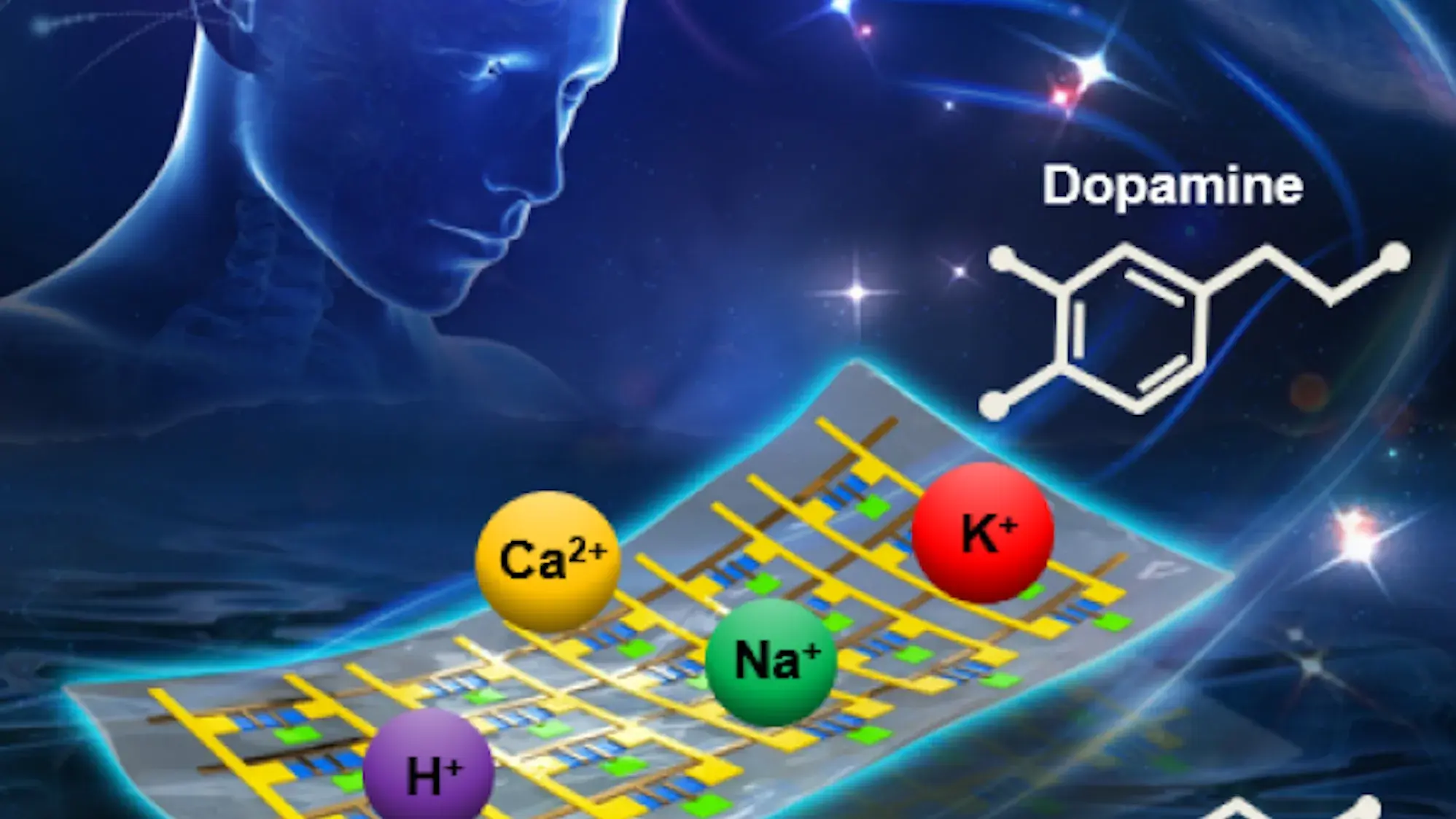Multi-Utility Interfaces for Sensing and Actuation in Biological Systems Enabled by Optoelectronic Effects
This talk will introduce a class of optoelectronic effects-enabled multifunctional interfaces, known as the "optoelectronic micro-gadget" (OMG), for sensing and actuation by utilizing cross- disciplinary expertise in electrical engineering, optoelectronics and analytical chemistry.

Physics Research Building, Smith Seminar Room (Room 1080)
191 W Woodruff Ave, Columbus, OH 43210
The Institute for Optical Science (IOS) is a community of multidisciplinary researchers in the optical sciences that eliminates traditional academic boundaries and identifies strengths in interdisciplinary photon science research.
ABSTRACT: The investigation and manipulation of complex biological systems require multifunctional interfaces that can perform spatially resolved, localized sensing (e.g., detection of biomarkers) and actuation (e.g., micropatterning and electrical stimulation) on a single entity (e.g., within the surface of a soft tissue). However, conventional biotic/abiotic interfaces prepared using lithography-based technologies have limitations in their spatial resolution and flexibility as the dimensions, designs and locations are tailored to specific tasks, making it difficult to adjust the regions of measurement/manipulation of dynamic cellular processes as required. As a result, there is a need to explore novel design of interfaces with improved resolution, flexibility and adaptability to shift the paradigm of biosensing and actuation applications.
This talk will introduce a class of optoelectronic effects-enabled multifunctional interfaces, known as the "optoelectronic micro-gadget" (OMG), for sensing and actuation by utilizing cross- disciplinary expertise in electrical engineering, optoelectronics and analytical chemistry. The OMG system will be based on a monolithic, flexible semiconductor thin film and a reconfigurable focused laser beam for localized photoexcitation. This talk describes the key ideas and presents some of the most recent efforts in (1) develop flexible photoelectrodes supporting light-induced optoelectronic effects, (2) integrating the photoelectrodes with an optical system and test the feasibility of conducting spatially resolved illumination, (3) evaluating performance/multifunctionality of "OMG" for applications in neuroscience and other fields.
Refreshments will be provided.
This event is open to the public.